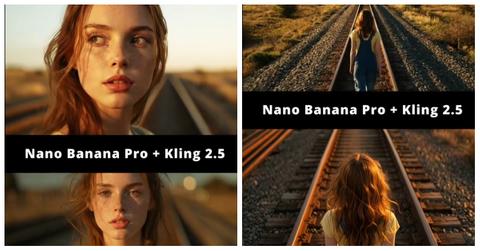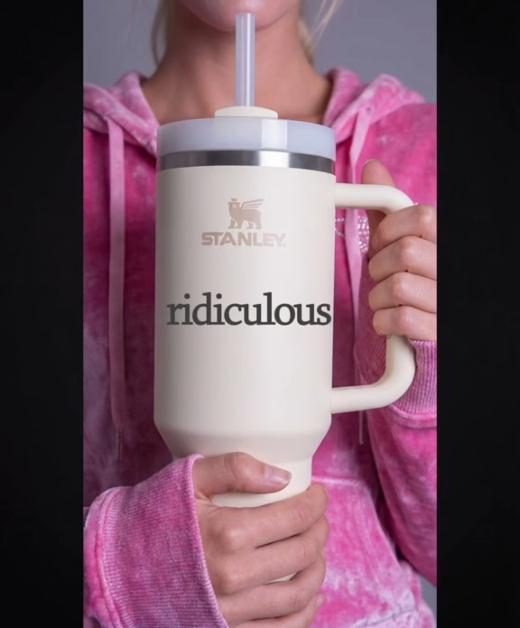We Already Know It's Freaky Good, But Can Nano Banana AI Make Videos?
Generative AI is better than ever, and we have to start to wonder: Can we even trust our eyes anymore?
Updated Nov. 25 2025, 3:00 p.m. ET
As the creep of AI begins to wend its way deeper into our everyday lives, we as humans have some pressing questions to answer. Perhaps chief among them: How far is too far? When does AI go so far that we begin to doubt our objective reality?
And, frighteningly, we may be on the precipice of needing to answer that question.
It's all thanks to Microsoft's newest generative AI program: Nano Banana Pro. The program has already proven its chops by creating images so realistic that AI detectors are fooled nearly across the board, and the human eye struggles to find inconsistencies. But can Nano Banana make videos? The answer may chill your bones.
Can Nano Banana make videos?
There's something eerie about knowing that generative AI can now make videos. When you throw in Nano Banana's terrifyingly realistic generations, you begin to see why we as humans may need to take a step back and wonder if this is something we should encourage.
Because yes, Nano Banana can make videos. Nano Banana Video combines Nano Banana Pro with a video synthesis program, generating ultra-realistic videos.
Using text prompts, users can bring Nano Banana creations to life.
Earlier iterations of AI videos (and by earlier, we mean like a month ago) were often limited to seven to nine-second runs, because AI struggles with consistency beyond that. At least, it used to. Words were often jumbled nonsense, and solid objects often morphed through one another, with the AI struggling to keep up with patterns.
However, Nano Banana seems to blow these issues out of the water. Objects remain solid and consistent, patterns are no problem, and even product labeling is squarely within the program's capabilities.
Even generative AI enthusiasts are a little freaked out by Nano Banana.
If that's not a little frightening to you, it should be. The fact that AI struggled to make certain items realistic was always a telltale marker, allowing people to tell when something had been generated versus when it was a real image.
But a number of images generated in late November 2025 that quickly went viral proved that we can no longer trust our eyes.
An image that appeared to show President Donald Trump kneeling between the knees of former President Bill Clinton, for instance, was scary realistic, even so far as showing book titles in the background that looked real, and a carpet pattern that gave no hints of being generated. It was, however, fake.
And an image that seemed to show the world's most powerful billionaires chatting in a parking lot? Also fake.
Even people who are generative AI enthusiasts and so-called artists are a little spooked by the newest generation of generative AI. For instance, AI artists across multiple social media platforms are sounding the alarm, calling it "too good" and suggesting that we are starting to get into dangerous territory.
Interestingly, the artists who seem to promote Nano Banana Pro and the new generation of AI image programs have themselves often been accused of being AI bots.
So, are we seeing AI programs promoting themselves?
It's all speculation, but in a world where you can't trust your own eyes, determining what's real becomes distressingly difficult.

